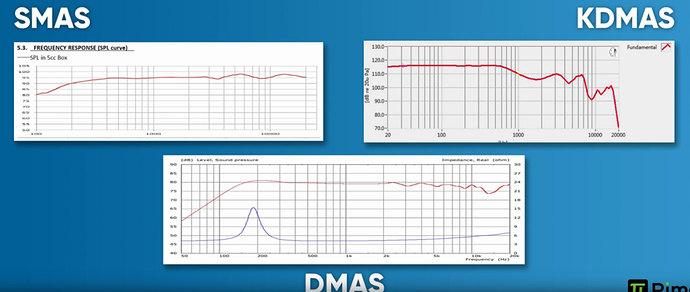EDIT: Thanks to all who participated. Relevant information from this topic has been merged into https://community.openmr.ai/t/review-of-8kx-production-and-comparison-to-8kx-not-final/32503 . This topic is no longer intended as an official submission to the It’s 8KX! Event’
Finally have had a chance to do proper frequency sweeps and such in a quiet environment.
To my ears, the SMAS audio quality is simply excellent. From about 280Hz to >20kHz, the frequency response is essentially flat as advertised - no sharp dips. To have done this with a small pair of lightweight directional loudspeakers mounted above (rather than in front of or to the side of) the user’s ears is impressive.
Music notes sing from one note to the next as they should, drum and rumble sounds still have a ‘boom’ sound to them.
Left/right separation is excellent, about 10x better than a set of desktop speakers. Decently loud music completely shifted entirely to the left/right channel does not remain noticeably audible at all in the other ear, at least not without plugging that ear for comparison.
That said, I can perceive the limitations of these types of speakers, which some users are complaining about.
‘Loudness equalization’ needs to be enabled. This does not seem to change volume dynamically - it is not obviously a compressor (this is good). However, after one reboot and/or change back to 5k+ headset, I found it necessary to re-enable this again, so the MSW OS can ‘forget’ this setting.
Bass boost may also help, but do not overdo it - the MSW OS will attenuate higher frequencies to compensate if this is set to more than 3-6dB .
Equalizer experiments show that while bass response does drop off below 280Hz, >>10dB improvements can be set in software before the audio output starts ‘clipping’. It is a matter of time before suitable software is made available to drastically improve the base response without the high-frequency attenuation imposed by the MSW OS.
Minor distortion does seem to occur with the SMAS, but not as a sharp resonance at any particular frequency. Listening by ear, there seem to be a tiny bit of mostly even harmonics added, and this only becomes significant in ‘side-by-side’ comparisons. The distortion could easily be a software problem due to MSW OS ‘loudness equalization’.
Thus, after software fixes, the SMAS speakers are mostly as loud as typical headphones or earbuds, but with a (very nice) much flatter frequency response.
Personally, I care much more about high frequency response than extra bass or a little even-harmonic distortion. I want to hear the sharpness of a jackhammer impact, as much as I want to hear piano notes smoothly transition across the entire keyboard, or violins sing across high/low strings. Most headphones even today will completely drop entire notes, and this does NOT approximate any claimed ‘natural resonance in the outer ear’.
While I can see what some people are complaining about, I think the SMAS is far better than it is given credit for - an underappreciated gem.
To me, the biggest selling point of the SMAS is convenience. Just to have fewer obstructions while taking the headset off and putting it back on is nice. Particularly when diagnosing finicky flight sim applications, or doing professional CAD/game development, as these use cases can unfortunately force users to frequently return to the 2D ‘graphical desktop’ on their ‘legacy’ 2D flat screens.
So, don’t expect the SMAS to be a subwoofer, or rock concert speaker. But do expect its performance as an ‘above-ear’/‘off-ear’ speaker to be much better than what you get from most headphones.
Besides, if you ordered the DMAS, which has a similar high-frequency response, you should be able to get a stronger bass response right from that.
All of which is to say, the SMAS lives up to the advertised frequency response graphs, and personally, I am very happy with that.
(Pimax NOW - The VISION 8KX Is Shipping! - YouTube)
EDIT: An explanation for poor SMAS audio quality reported by some users has been found - another effect of the incorrectly chosen dimensions of the stock MAS hinges. For reference, the correct distance between the SMAS speaker ports and the top of the outer ear is approximately 1cm. Not 3cm, 6cm, or 9cm, distances that all cause progressively worse loss of audio quality.

